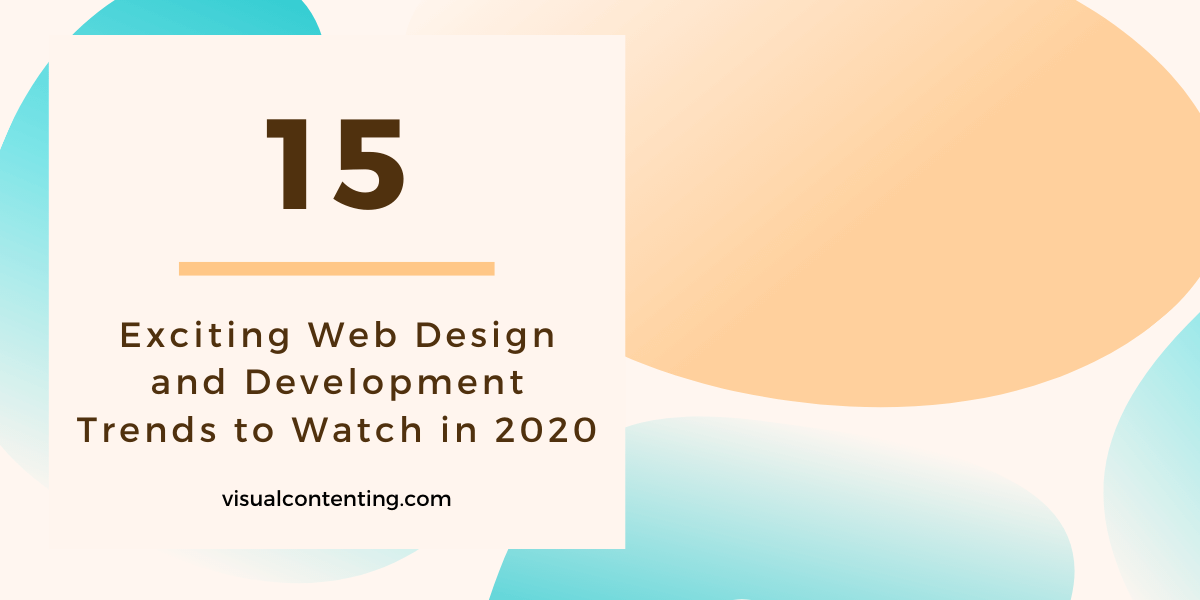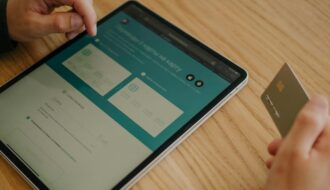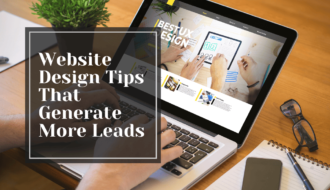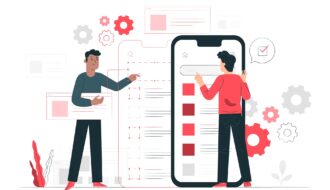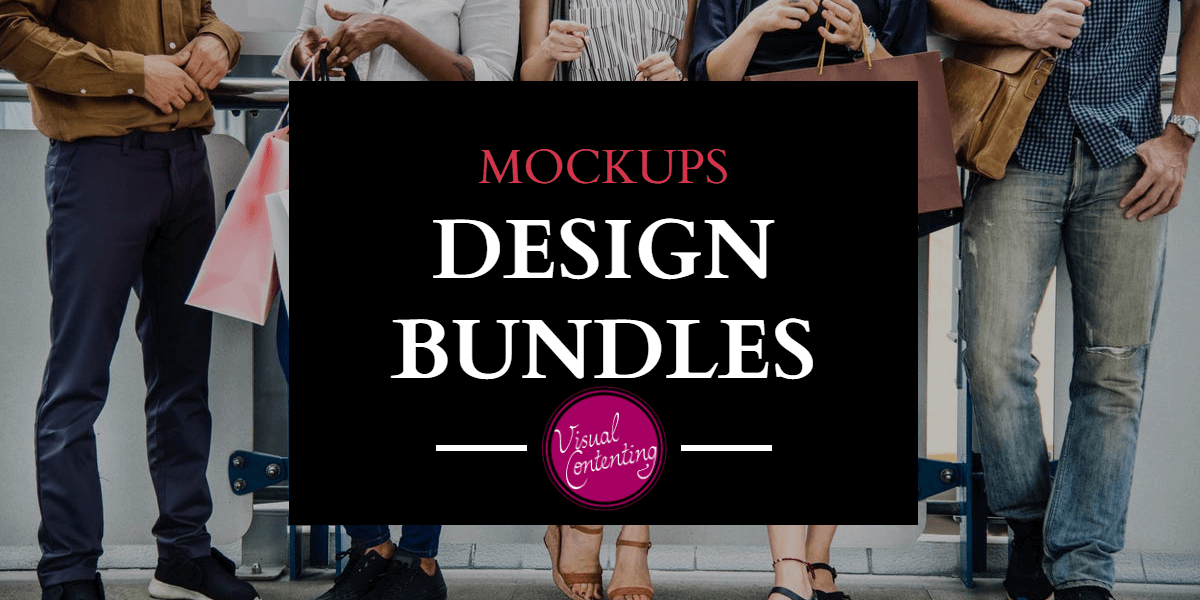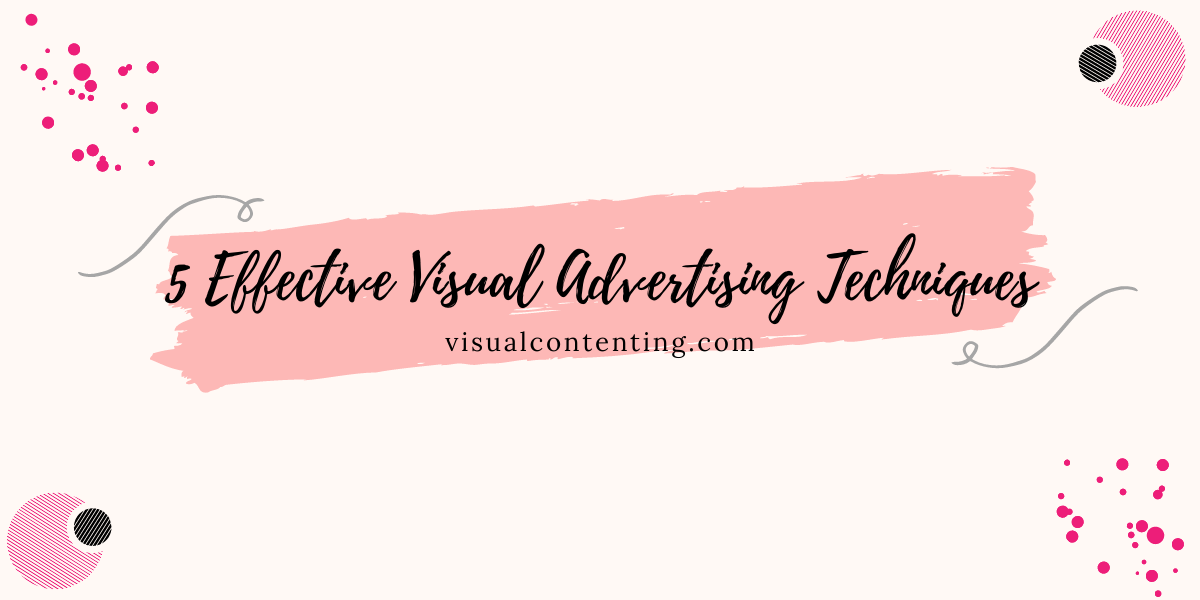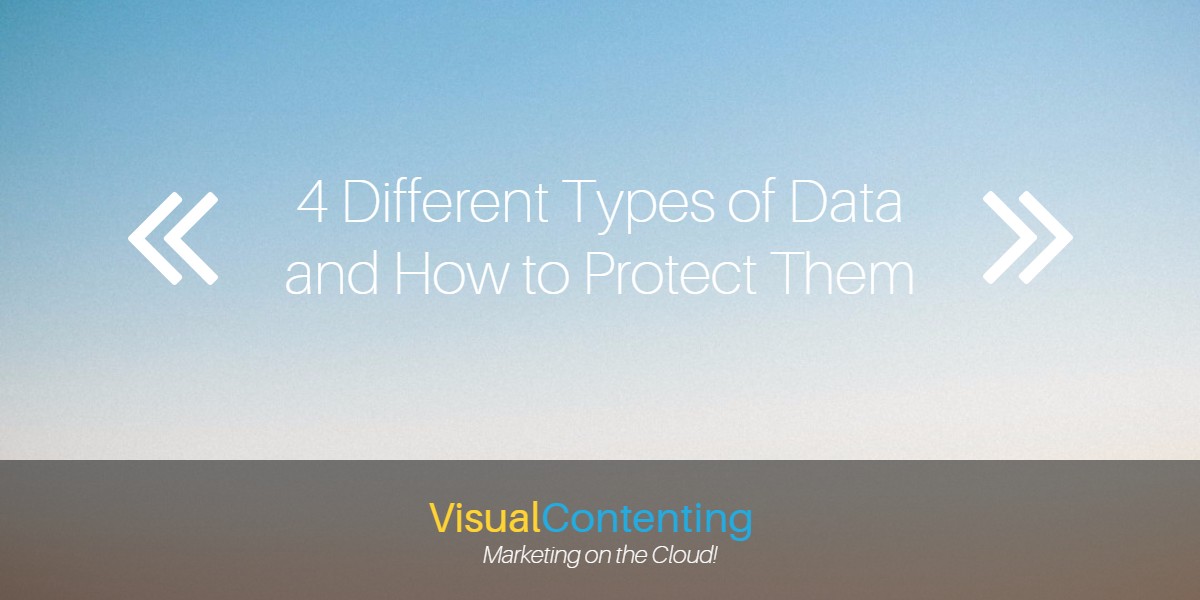We’ve already spent a couple of months in 2020. With each New Year, new trends emerge and old trends fade away in the digital world. And the last year was not an exception that witnessed subtle yet powerful changes in the UI/UX designs for websites. These would transform into the web design trends for 2020 which create the maximum impact. A lot of changes in 12 months and what was trendy in the last year might have lost its pull now. More importantly, new trends can enhance the entire user experience and help your website shine. Today, the user experience is given priority over everything else; it acts as a stepping stone for your sale, branding and even customer re-engagement activities.
Why do you need a good user experience and web design?
We talk about creating the best user experience but it’s essential to understand the “why” behind it. The human attention span time has significantly reduced to 8 seconds, even lower than goldfish which has 9 seconds. Within this short span of time, the user must be wowed by the web design and layout. Some aspects of a website can wow the visitors, establishing a connection that they remember the brand and visit again. This proves to be extremely beneficial for new businesses and startups looking to build their brands.
Recommended: 6 Web Design Updates for 2020
Keeping in mind the crucial role a web design plays, it is best to stay updated with the latest trends and features that enhance the entire user experience. 15 such web design trends for 2020 have been listed below which will help you create a spectacular website:
1. Clever use of gradients for a pleasing visual impact
Gradients have gradually made their way to most of the web layouts and graphic designs. Using too many colors sometimes steals the limelight from the main element in focus while gradients add a great effect to the overall design with a single color. This is such a simple yet amazing effect that can also be incorporated when you create a logo for your business or give an existing one a makeover. For instance, when Instagram implemented rebranding, they added a gradient effect to their logo in order to add a modernized touch to it. Similarly, if you are looking to add a new feature to your website while staying with a moderate budget, you can add a gradient to your website design instead of opting for a complete overhaul.
2. Adding depths and 3D effects to the web design
Flat designs are not exciting and need exceptional graphics and fonts to breathe life into them. The latest trend of adding depth with the use of drop shadows and a variation in colors add a 3D effect to the website. The key is designing flat designs with 3-dimensional appearance making them more visually enticing. This can be used for not just the graphic design ideas but also for certain sections with text or inquiry forms on the website.
Adding a 3-dimensional effect is not only limited to graphics or banners or even web page sections. You can simply add a shadow on the action buttons on your website for a new effect. Even with this trivial change, you can modify the look of your website without breaking the bank.
Recommended: 5 Visual Design Trends Proven to Increase Sales
3. Incorporating some specific colors to reinforce the brand identity
Companies with a number of products in their kitty, often struggle in creating a unique and identifiable brand identity. This can be achieved with the clever use of certain associative colors on the website. The website layout can be branded based on the focal product, service or page. As the user navigates through the page or the website, the colors change. This creates an interactive design that keeps visitors engaged while easing their navigation on the website.
The use of certain colors for specific products or services also creates a visual association. This helps reinforce the branding as the users start identifying these colors with the products sub-consciously. The key is to use colors on the web page which are also being used in the packaging. This trend will go a long way, proving to be instrumental for businesses with an intricate and detailed product/service line-up.
4. Diagonal lines which add a refreshing touch to the web page design
Over the last few years, the trend was using symmetrical and straight lines. But in 2020, the emerging trend is to break that monotony by using diagonal lines and elements. This trend is a breath of fresh air for the recurrent symmetrical web designs. This trend is a breath of fresh air for the recurrent symmetrical web designs. The diagonal sections are being used to separate the different sections of the web page and also as banners.
A diagonal section design is visually appealing and can also be added to bring focus to a call-to-action element. The key is to place a diagonal line design on the web page so that it does not disrupt the harmony of the design and promotes the user to scroll down and follow the design.
5. Unconventional Scrolling
A professional graphic designer is always on the lookout for areas to experiment. This leads to awe-inspiring trends. One such new and upcoming trend is using non-traditional scrolling for a website design. A great majority of websites have a traditional vertical scroll; and therefore, any website which adds horizontal scrolling would stand out.
You can incorporate non-traditional scrolling, not for page navigation but to display information as well. The key is to make sure that the execution is flawless in order for this trend to create maximum impact. As more and more companies are straying from conventions when it comes to web design, it will be intriguing to see how this trend makes waves in 2019.
6. Installing chatbots and AI-based tools for machine learning
Not all website trends are visual or related to design; many new trends affect the performance which also contributes to the user experience. Chatbots have made their way to your mobile, web designs and even app interfaces. While earlier chatbots were more of a hassle than help, advancement in technology and the improvement have changed this drastically. Now the AI-tools can understand voice as well as text commands and provide prompt solutions.
From Google’s suggestions or auto-complete to Facebook’s prompts to tag a photo, artificial intelligence has indeed come a long way. Today, you can find AI-based tools in all spheres, voice assistants such as Siri, Alexa or even designing tools such as Designhill.
You can add bots to your website which can help capture and understand user behavior; and moreover, using chatbots, the customers can be encouraged to move to the next step for the purchase process. Another use for this latest trend is enhanced customer relationships. For instance, Amazon’s customer support has now been improved and simplified by the addition of AI on their customer support portal so that some simpler and initial solutions can be provided to the customers instantly unless human intervention is required for any complex issue.
Recommended: How to Use Chatbots to Drive Sales and Increase the Engagement
7. Video backgrounds for banners
In the last few years, the parallax effect dominated web designs. The main reason behind its popularity was the unique visual impact it provided without making the website heavy or compromising on speed. Even though the minimalist designs are in demand more than ever, and video backgrounds have not lost their charm.
Social media is also not untouched with this trend; video posts have been on the rise as videos are proven to be even more compelling than images and text. With an engaging video, the user ends up spending more time on your website, raising your site in the metrics which in turn improves your SEO. As the user stays on the site longer, it also increases the chances of lead conversion remarkably. The key is to make sure that the video is muted and high quality for it to function as a great background and help with the branding as well.
Recommended: SEO Benefits of Adding Video Content to Your Website
8. Mobile-first and mobile-oriented designs
Smartphones have brought everything in our hands but even in the age of apps, websites have their significance. More and more companies are opting for mobile sites over desktop sites considering the constantly increasing number of mobile users. Creating web designs that work well on mobiles and tablets has been one of the biggest factors to influence web design services. While earlier, the website designed was optimized in order to be responsive, the approach has shifted to mobile-first.
Nowadays, the mobile view is designed first and the design is then adapted to suit the desktop user. This is being done keeping in mind that it is the visual that drives a user to the finish line and plays a key role in building a brand.
Recommended: 31 Must-Follow Principles to Optimize Your Mobile Website
9. Asymmetrical layouts and broken grids
A grid system has been used for creating an appealing layout for decades. From newspaper, magazine and web design, grids have stood the test of time. But the secret behind creating a successful grid is keeping it aesthetically beautiful and simple in order to prevent it from distracting the user. Grids are great to display information in forms of content or images while adding a call-to-action to the design.
The use of layers, textures, gradients, unusual placement and white space add a sense of depth and have proven successful in mixing things up for the grid systems. These striking grids are a result of the experimentation and imagination of some great designers which has provided a new face for this familiar element.
10. Alternating animations
Sometimes even the most subtle effects and changes can build up for greater effects. One such subtle trend that is emerging for 2020 is micro-animations. These micro-animations add an intuitive touch to the website for more satisfying and appealing user experience. Using small animations such as highlighting menu options with the movement of the cursor, hover effects, change in color with the mouse is a great way to accomplish a spectacular yet subtle effect with animations.
The implementation of micro-animations is based on the fact that movement aids retention and attention. These slight effects lead to enriching user experience and bring a cohesive touch to the web design.
11. Interactive web design
Creating interactive web design is one of the most significant and upcoming trends of 2020. An interactive web design is where an inbuilt feature or software builds a web environment aimed specifically at engaging users when they visit a website. There are a number of benefits of using an interactive web design:
- The users can customize their own experience by providing certain personal insights.
- The more it engages a visitor, the more time they end up spending on the website which increases the site’s position for search engines boosting the SEO.
- Content management can be added in a user-friendly manner enabling and complementing the business functions.
- Reduces bounce-back-rates and also promotes customer retention as interactive web design can help build a connection with the user.
12. Animations which are scroll-triggered
Many users would not even reach or scroll down the bottom of your page unless they find something enticing. Animation which encourages the user to scroll down on the page is proving to be beneficial for increasing customer engagement.
You can incorporate animations which prompt the user to scroll and view important information such as products offered, current offers and discounts. For instance, an e-commerce website dealing in fashion accessories or a graphic design services agency can add scroll-triggered animations that create intrigue and compels the users to scroll down in order to check out the various services being offered. The key is to keep the animations simple so they don't distract the users or do not steal their focus from important information.
13. Huge title for a powerful visual
As an average user spends only 3-4 seconds on a website, designs have adapted to provide maximum information during this golden window. Strong and bold titles, powerful fonts, the short text helps highlight the title and message. A subtext with details may follow if necessary; but in most cases, short length text and large size titles are used to add a powerful and meaningful impact to the design.
14. Abstract shapes that grab attention
Abstract shapes are becoming the star for 2019. When you consider the preferences of a logo designer, graphics designer or even web designer, all find a confluence on the use of abstract shapes. These shapes are versatile and enable creative freedom for the designers. Abstract shapes help add a modern and trendy touch to the website while keeping it simple at the same time.
15. Detailed footer design for a great finishing touch
Footers are often overlooked but they possess great creative potential. In 2020, we are anticipating more and more oversized and detailed footers. Now the footers are not discounted as the meager space to provide contact information and sitemap.
You can add I-frames for social media feed, interactive elements such as inquiry form, feedback, etc. to add a great finishing touch to your overall website design.
The bottom line
It may not be possible to revamp your entire website each year with new web design trends but the smart thing to do would be to incorporate some of these in 2020 to prevent your website from becoming outdated. These 15 trends are sure to add a new and refreshing touch to your website and take the design to the next level.
Related Posts
Alice Jackson is a business consultant, blogger, social media enthusiast, online market analyst, amateur designer and an avid author at Designhill. She has written on several topics including social media marketing, SEO, content marketing, startup strategies and e-commerce. When she’s not writing, she loves spending her time reading romantic novels, creating custom t shirt design. Connect with her on Twitter: @jackson_alice1
